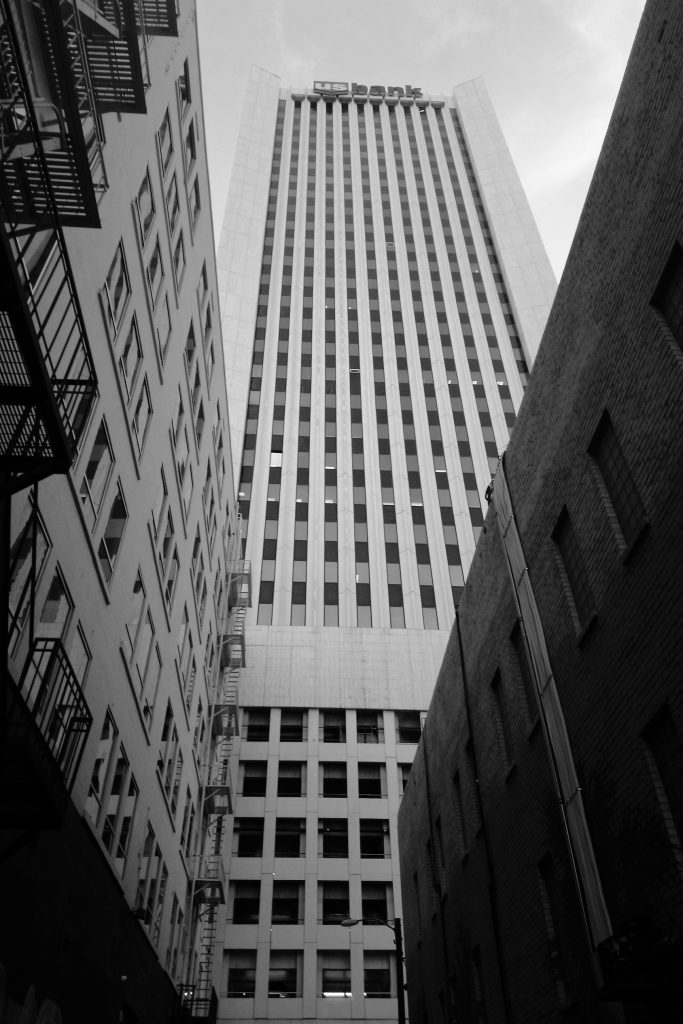Time and space are relative
Most of us have traveled 24 or more hours and we still arrived the same day we left our home countries. For the first few days, we woke up in the middle of the night because on a distant meridian it was already morning, and we almost fell asleep during the lectures because back home it was already late at night.

But Holo-Alma and the real Alma kindly and precisely guided us through every moment and experience so that nothing can surprise us (or her). She was in constant competition with time, and with our (relative) perception of time.
Then we gradually met our instructors: Kristy Roschke, Retha Hill, Dan Barr and Marianne Barrett. They proved to us that we can, from 9 a.m to noon and from 1 to 4 p.m., do much more than we could have possibly imagined: engaging lectures and debates with ASU scholars, meetings with media professionals, visits to the most important institutional key actors of the democratic process, from media to judges, from the mayor to state representatives. Our instructors mastered time, making it move both slower and faster.

Dawn Gilpin, our dear academic director, has been the ultimate time master. Whether it was a physical or a virtual presence, she was always there for both our (research) questions, and our spoiled-kids’ ice cream wishes. Her days must have 48 hours, no doubt…
We quickly realized that time was slow when we had to walk any distance under the torrid Arizona sun. And we discovered here that space is also relative. We had to reconsider our own notions of walking distance. Under the desert sun, even the nearest spots are still too far without your sunglasses and a bottle of water.

But we also figured out how to transform the wide world into a global village, where we have established our own small tribe that settled for a while in the Valley. Despite the geographical distances that separate our home countries, we have become friends and we have shared the same moments that will surely shape our future experiences.
“That’s the way it is.”
Walter Cronkite
Even though what you have just read might seem just a distorted version of reality, this is simply our intense experience and how we have perceived it through our senses and technological extensions: images seen through our eyes and lenses, sounds we have heard and recorded, thoughts we have written. “That’s the way it is.” Our subjective report of our unique experience.

